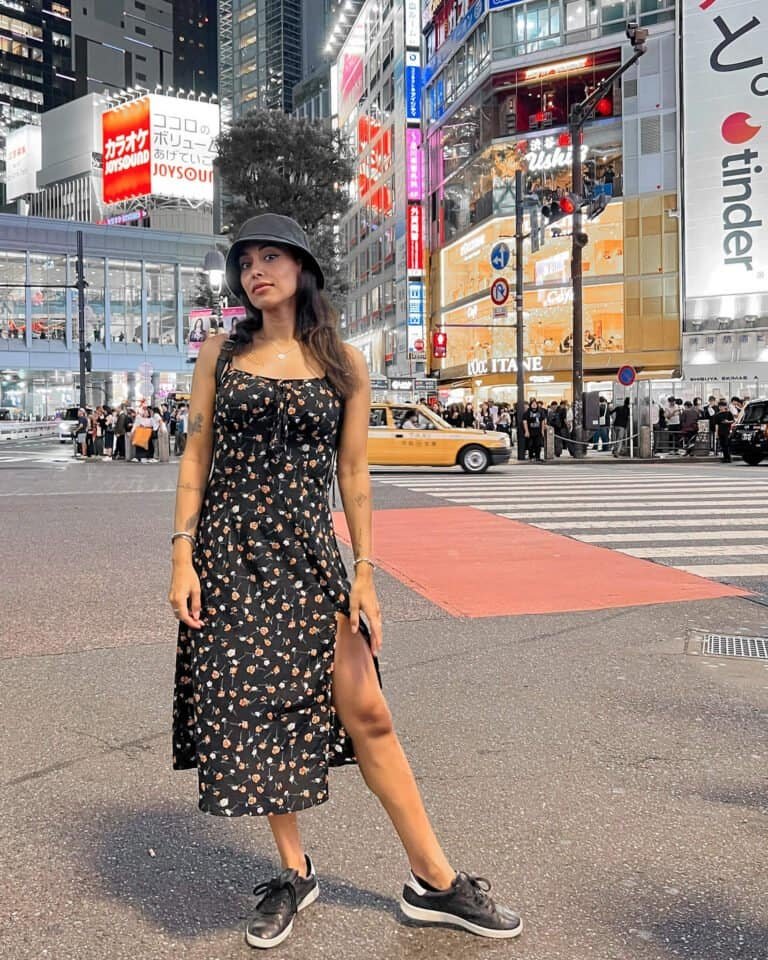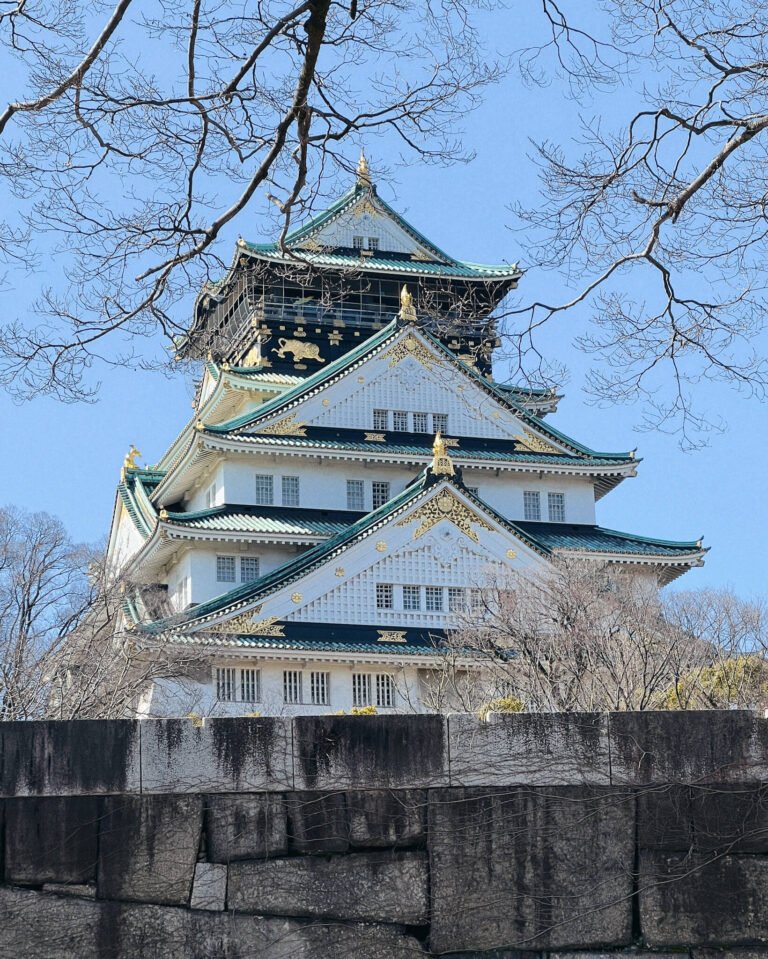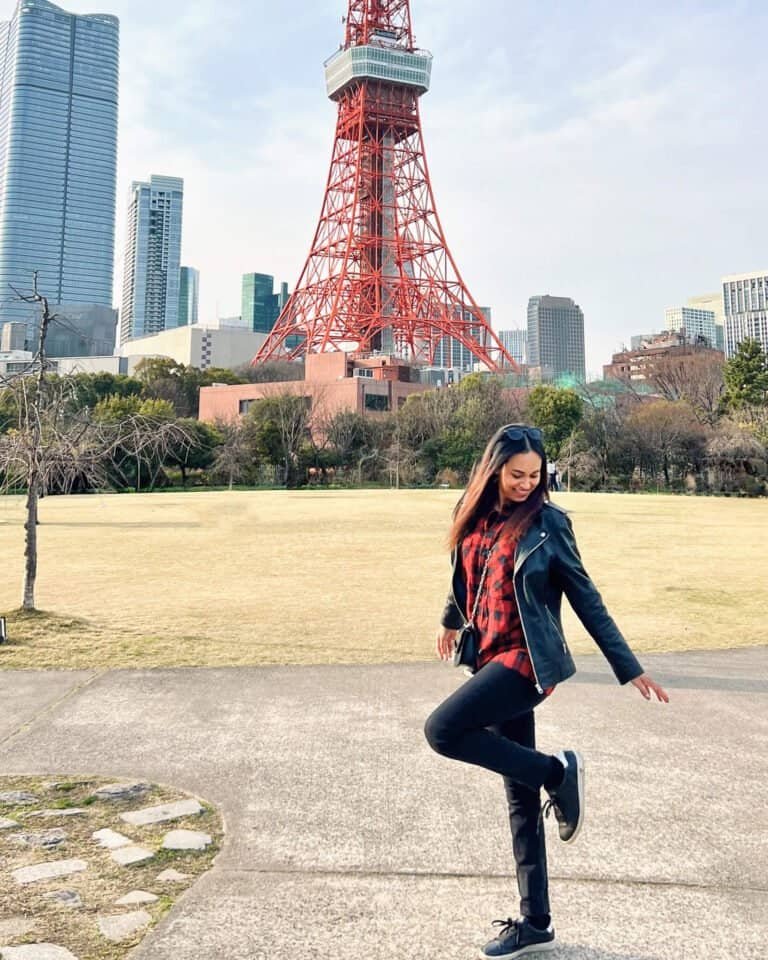The Perfect 3 Days In Tokyo: See, Eat And Explore (With Map)

This post may contain affiliate links. That means if you click and make a purchase, I may earn a small commission at no extra cost to you. I appreciate your support!💙
Everything I did in only 3 days in Tokyo, if you want to immerse yourself in this fantastic city. Even if you’re short on time, that doesn’t mean you have to skip your bucket list destinations. I’ve visited Tokyo three times and I’m in love with the city, the people and the vibe.
I’ll be honest, Tokyo is massive, but with three full days, you can still experience the best this incredible city has to offer. If you’ve been on my blog before, you’ll know I fell in love with Japan in September 2023 on a 2-week solo trip.
Tokyo is modern, organised, exciting, efficient, futuristic and oh-so-delicious. I’ve put together the ultimate 3-day Tokyo itinerary for you, and it’s packed with tips on where to stay, what to do, what to see, and, of course, where to eat.
Japan continues to be one of the world’s most loved travel destinations, seeing a massive influx of tourists over the past years, and it’s easy to see why.
Don’t forget to check out my full 10-day itinerary to Japan, which covers Tokyo, Osaka, and Kyoto and if you’re able to squeeze out more time, check out my 5-day itinerary to Tokyo!
- 14 Surprising Things to Know Before Travelling To Japan: Respect The Culture Like A Pro
- The Ultimate 2-Day Highlights Itinerary To Traditional Kyoto
- Don’t Miss These Fantastic Boutique Hotels in Kyoto for A Unique Trip
- 9 Expert Reasons Why Japan is Fantastic for Solo Female Travel
- The Best 6 Top-Rated Food Tours in Osaka: Taste Japanese Cuisine
- Discover The Best Tours To Mount Fuji In Japan For An Epic View
- How To Use Public Transport In Japan: Do Not Get Lost
- The Perfect One-Day Itinerary To Kyoto
- The Ultimate 2-Week Solo Itinerary: First Time in Japan
- The Ultimate Solo Female Travel Guide To Kyoto
- The Perfect 5-day Itinerary to Tokyo: The Highlights
- 3 Days in Tokyo: see, eat and explore it all
- My Highlights 10-Day Itinerary to Japan: Tokyo, Kyoto, Osaka & Mount Fuji
3 days in Tokyo Itinerary Overview
- Day 1: Tsujiki Market, Tokyo Tower, Harajuku and Shinjuku
- Day 2: Gotokuji Temple, Shimokitasawa, Shibuya
- Day 3: Senso-ji Temple, Ueno, Akihabara, Ginza
How many days is enough for Tokyo?
Tokyo is huge, and you could easily spend a full week exploring all its fascinating corners. I think 5 days in Tokyo would be the sweet spot to take it all in.
But if you’re tight on time, 3 days in Tokyo is the absolute minimum I’d recommend. With just 3 days, you’ll need to keep up the pace, but don’t worry, it’s still enough to see the major highlights and get a real feel for the energy, culture, and charm this incredible city has to offer.
Is 3 days in Tokyo worth it?
Yes! If you’re dying to see the city and have a limited amount of time, 3 days in Tokyo is always worth it over nothing. You’ll get a taste of the city, so you can come back for more. You can tackle all the major highlights while keeping up the pace.
How many days to spend in Tokyo vs Kyoto?
Tokyo is much larger and more fast-paced than Kyoto, while Kyoto offers a more traditional vibe and also makes a great base for day trips to places like Nara and Osaka.
That said, I recommend spending at least 3 full days in Tokyo and a minimum of 2 full days in Kyoto, excluding any day trips. This way, you’ll have enough time to truly experience the unique charm of each city.
If you’re more drawn to Japan’s traditional side and prefer a traditional atmosphere over Tokyo’s neon lights and city buzz, I’d suggest adding an extra day in Kyoto.
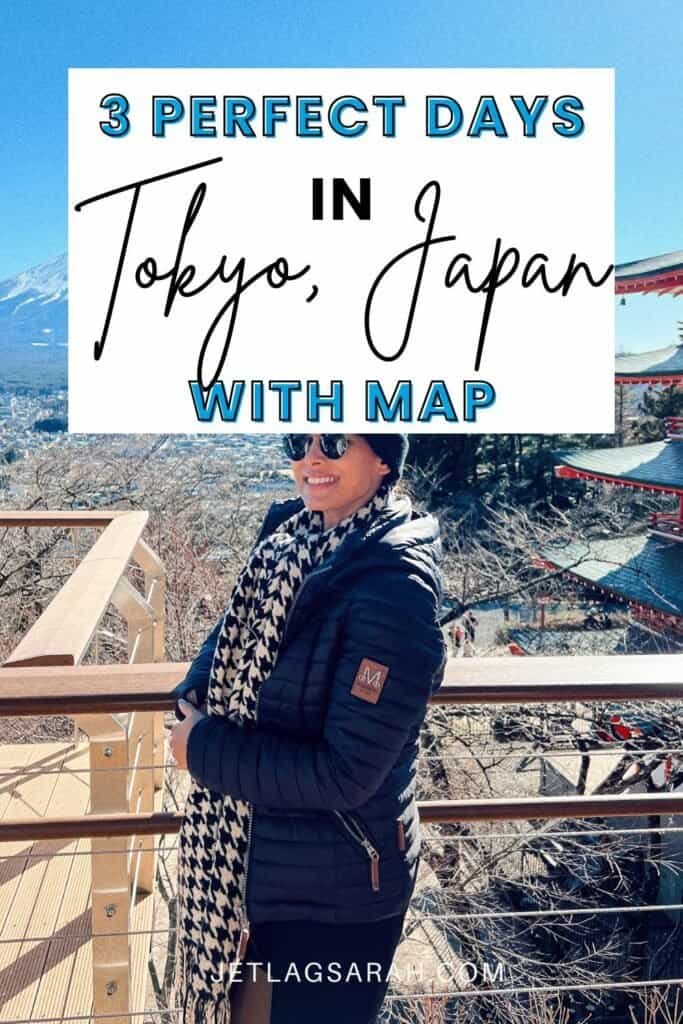
Where should I stay in Tokyo?
Tokyo has many great areas to stay in, but as a solo traveller, I always prefer to stay in a central location. I want my neighbourhood to be fun, with plenty of activities and restaurants within walking distance and easy access to other areas in the city.
I also want to be near public transport, and it needs to be safe. Safety over budget. Luckily, Japan is a safe country, and every neighbourhood is great.
Shibuya
If you want to stay right in the heart of Tokyo, Shibuya is the place to be. It’s that iconic Tokyo you’ve seen in all the movies: vibrant, neon-lit, and full of energy.
You’ll find endless shops, amazing restaurants and bars, and there’s always something going on. You’ll be just steps away from Shibuya Crossing and Shibuya Sky, two must-see spots.
It’s a lively area with loads to explore, but be prepared for busy streets and lots of people. I loved the many department stores in Shibuya with different trendy clothing styles.
Hotels in Shibuya
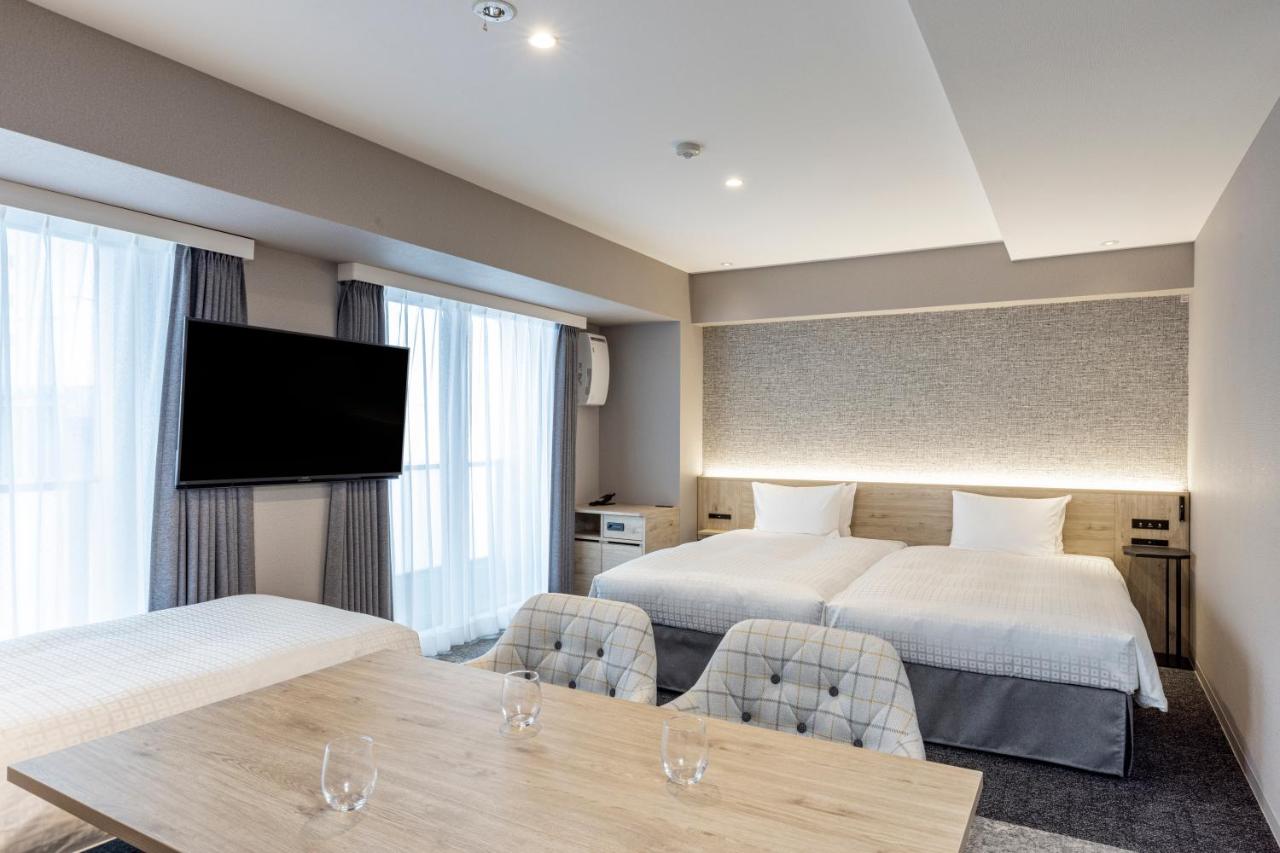
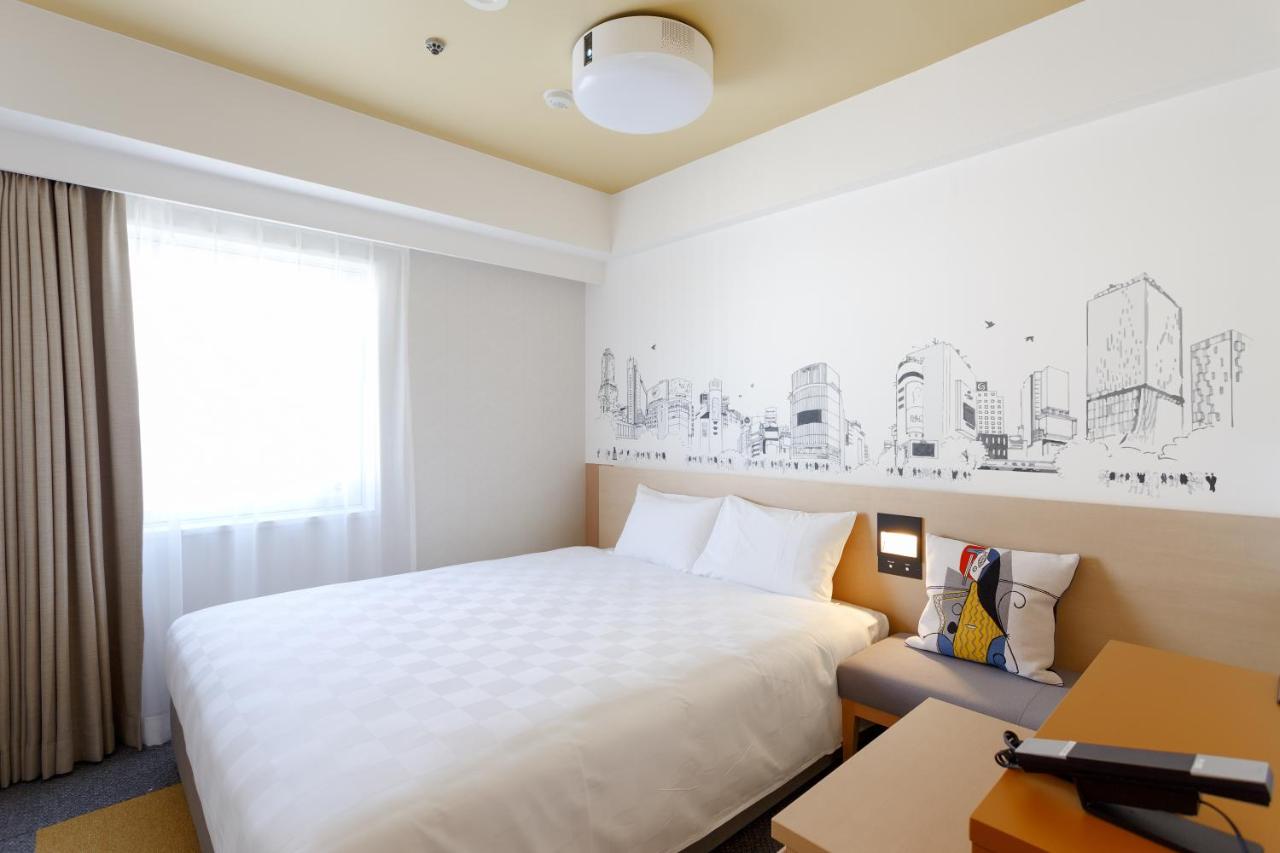
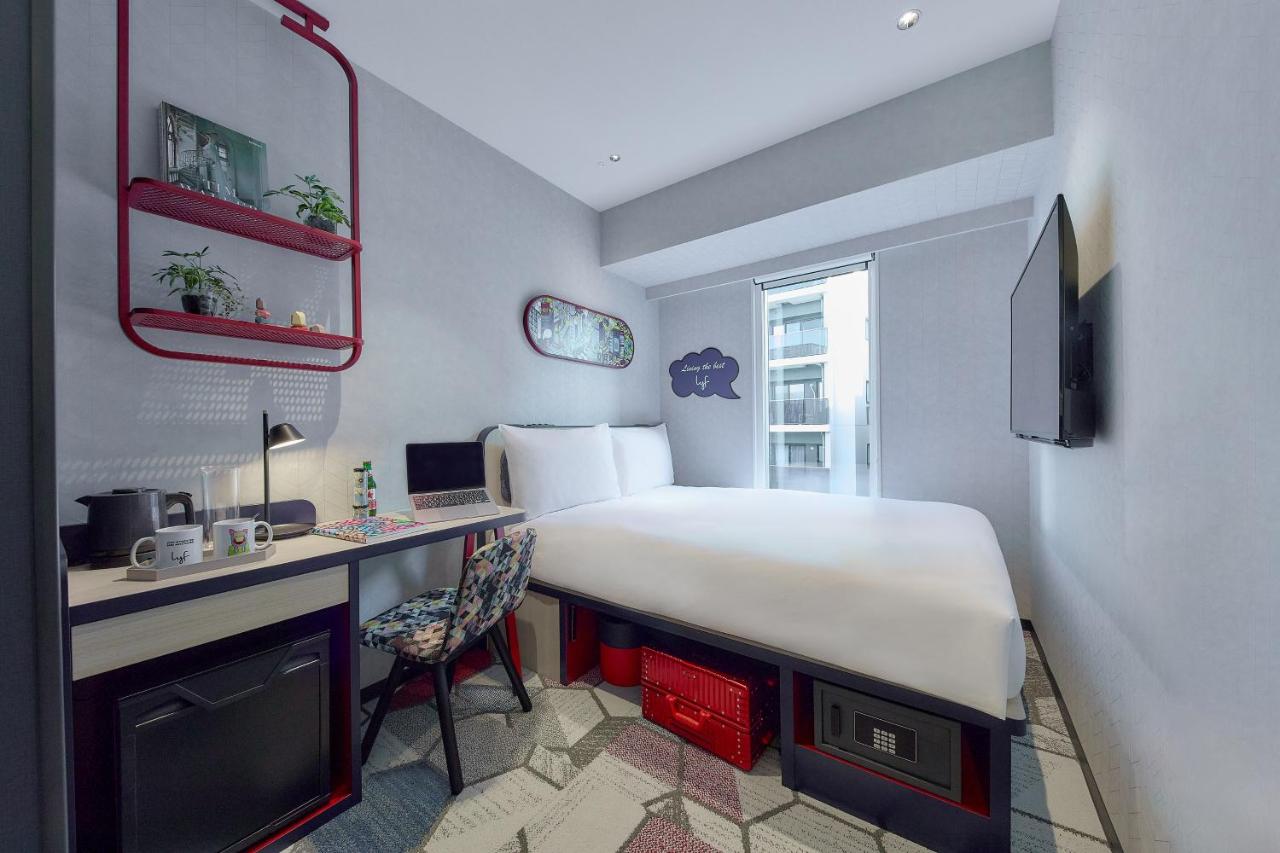
Shinjuku
Shinjuku is my favourite area to stay in! It’s one of those places you either love or hate—and I love it. Just as vibrant as Shibuya, but with a slightly grungier, edgier vibe.
It’s home to Kabukicho (the old red-light district), Golden Gai, and Omoide Yokocho, each with its own quirky charm. You’ll find loads of restaurants, bars, shops, host bars, arcade halls, and even quirky cosplay-themed spots. It’s a bit wild, a bit chaotic, but super fun.
Despite its reputation (I saw some travel blogs not recommending Shinjuku), Shinjuku is safe and fun! Plus, it’s more budget-friendly and within walking distance of plenty of cool places. Ideal after a night out!
Hotels in Shinjuku
Ginza
Ginza is perfect if you’re after a more upscale and refined stay in Tokyo. It’s quieter, more spacious, cleaner, and has a different vibe compared to the neon chaos of places like Shibuya or Shinjuku. Ginza felt like a different world compared to Shibuya!
Here, you’ll find high-end department stores, boutiques, and elegant restaurants. If you’re looking for a luxurious atmosphere and don’t mind spending a bit more on accommodation, Ginza is a great choice.
It’s also super convenient, with easy access to Tokyo Station, Ueno, and Asakusa, making it a practical base for exploring the city.
Hotels in Ginza
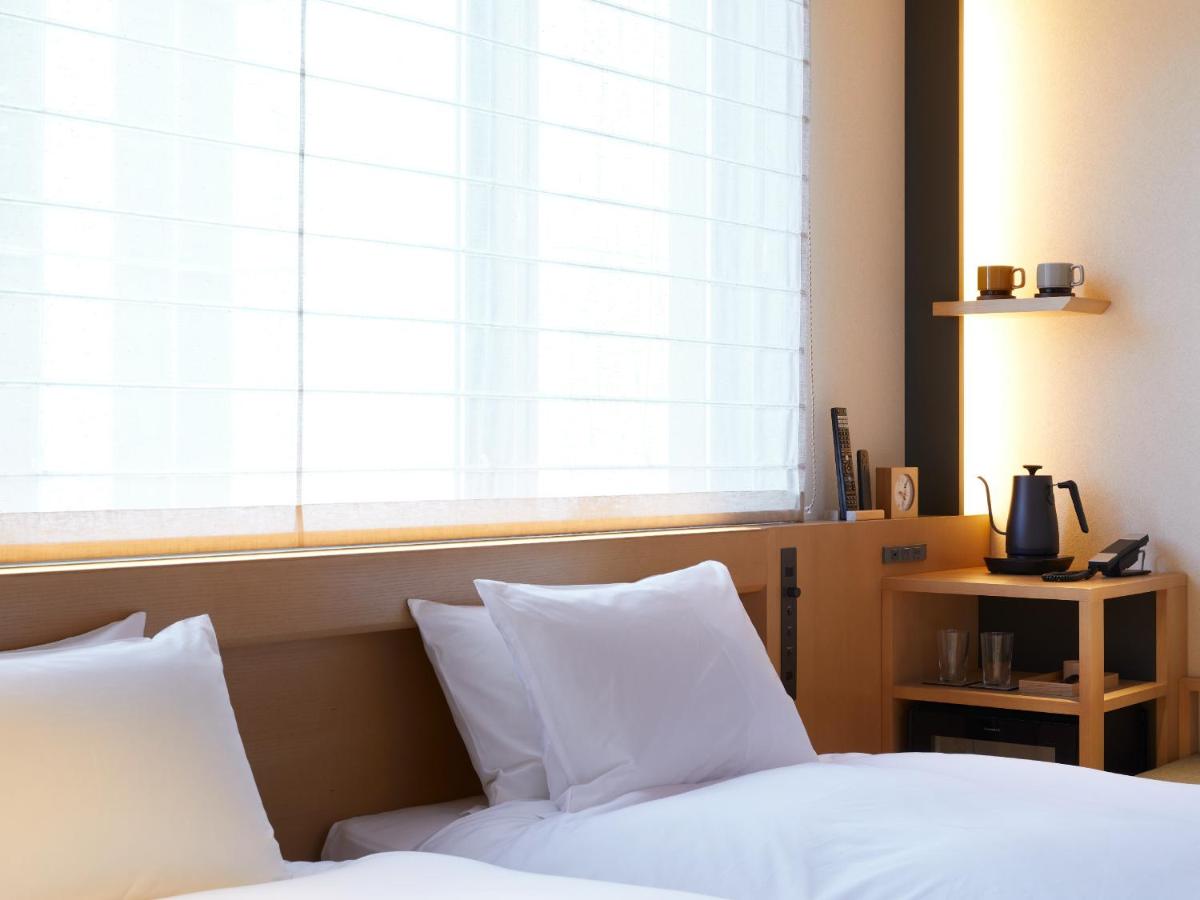
Is Tokyo safe for solo female travellers?
Yes, Tokyo is safe for solo female travellers. Japan is generally an incredibly safe country. It’s one of the safest places in the world to travel to, making it an ideal destination for solo female travellers!
Of course, like anywhere, it’s smart to stay aware and take basic precautions, but you won’t need to be hyper-alert like in other countries. Just follow the usual safety habits you’d use at home or anywhere else, and you’ll be fine.
One time in Shinjuku Station, I was trying to figure out which line to take and where to go (Shinjuku Station is massive), and a very friendly Japanese guy offered to help and even showed me the way by taking me to the other side of the train station.
When is the best time to visit Tokyo?
Tokyo is a stunning destination to visit from spring through autumn. The cherry blossom season (late March to April) and the autumn foliage season (November) are especially magical. These are also the busiest and most expensive times to visit.
I visited Tokyo at the end of September, and the weather was perfect. Cool, crisp mornings and warm afternoons around 22°C (73°F). It felt lovely when the sun came out.
I also visited Tokyo in late March 2024, and while it was still quite chilly in the evenings (it was exceptionally cold for that time of the year), with average temps around 13°C (55°F), the energy was still amazing.
Cherry blossom season in Tokyo
The cherry blossom season is the best time to visit Tokyo, but also the most expensive. Tokyo and Japan in general are famous for the sakura. Every year, there is a sakura forecast, but it’s never certain.
I was hoping to see the cherry blossom in late March, but due to the unexpected colder weather, the cherry blossom bloomed later. It’s, however, a fantastic time to visit.


What to see in Tokyo
If you have only 3 days to explore Tokyo, you must make some choices. I’ve been to Tokyo twice, each time for four days, and I can safely say that I’ve covered most of the famous sights!
Feel free to substitute any of these activities for the ones in the itinerary below if they better align with your interests.
- Senso-ji Temple & Nakamise Shopping Street (go early!)
- Tsukiji Fish Market (touristy, but still fun)
- Tokyo Tower from Shiba Park (best view!)
- Prince Park Hotel for sunset drinks
- Shibuya Crossing and then shopping in Shibuya
- Shibuya Sky (get tickets early!)
- Shinjuku: Kabukicho, Golden Gai (love this for drinks) & Omoide Yokocho (just a quick walk around, it’s too smoky)
- Ginza: the upscale shopping area of Tokyo
- Ueno Park
- Shimokitasawa: an artsy neighbourhood great for thrift shopping.
- Tokyo Station (just for the view of the building)
- Gotokuji Temple
The best tours to do in Tokyo
- Take a sushi workshop
- Take a day trip to Mount Fuji and its surroundings
- Book a food walking tour in Shinjuku.
- Take an Asakusa and Senso-ji tour with a local guide
- Book a Tsujiki Fish Market sushi-making class
- Take a traditional tea ceremony with a tea master
How to spend the perfect 3 days in Tokyo
Map for your 3-day itinerary to Tokyo
Day 1: Breakfast at Tsukiji Market
Morning: Tsukiji Market
Start your day early at Tsukiji Outer Market, a food-lover’s paradise. Here, you’ll find the best sushi, sashimi, and street food from many vendors. Tsujiki Market is going to be crowded and full of tourists.
But I enjoyed having breakfast here. I had the best sushi and sashimi bowl of my life here! Don’t expect street food prices; it can be quite pricey depending on what you eat. Look for tamagoyaki, wagyu beef skewers, mochi, grilled eel and lots of sushi.
I wish I could give you my recommendation for where I had my sushi bowl, but unfortunately, this little family-run place is not on Google Maps.
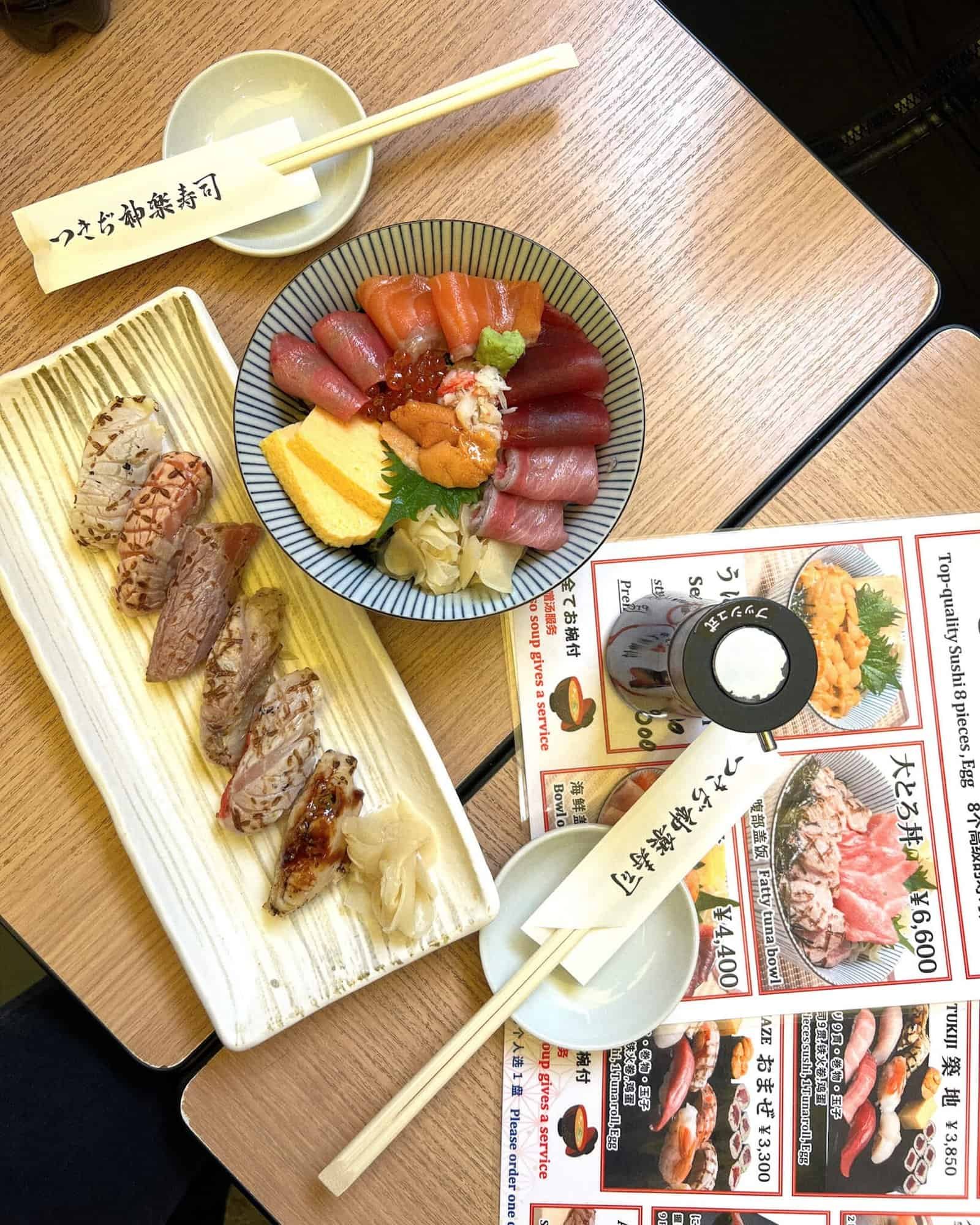
Afternoon: Tokyo Tower from Shiba Park
From Tsukiji Market, get to the Tokyo Tower for that iconic shot! The best view is from Shiba Park, and you can access the park through the Prince U Hotel.
There’s a famous spot nearby, near the restaurant Tofu Ukai, where everyone takes a photo from this stairwell case looking up at the tower. You’ll see a line, so it’s hard to miss.
If you want to visit the famous teamLAB Borderless Museum, now is the time. The digital art museum is not far from Tokyo Tower. A ticket is around $25, and the museum is open from 9 AM to 9 PM.
If you still have time, you can make a stop in Harajuku on your way to Shinjuku. Harajuku was a little overrated to me, and so crowded that you could barely walk. But I do understand that you might want to see it. Daytime is the best, as most are closed in the evening.
Evening: Golden gai in Shinjuku
End your first day in Tokyo in Shinjuku! Explore the neon-lit streets of Kabukicho, Tokyo’s famous entertainment district, packed with restaurants and bars.
You could head to Omoide Yokocho—also known as “Memory Lane”—a nostalgic alleyway filled with cosy izakayas serving yakitori and other Japanese favourites.
Just a heads-up, it’s very smoky in those narrow streets, and I couldn’t handle it. I prefer Golden Gai, another charming maze of narrow alleys with tiny bars.
Some only have a few seats and fit just a few people, making it super intimate and unique. Walk around, choose a bar that catches your eye, and enjoy a drink to toast your Tokyo trip. Keep in mind that some bars charge a small cover fee and may be cash-only.
Where to eat in Shinjuku?
If you’re up for the full experience, check out this fantastic Shinjuku food tour. With a local guide, you’ll try out the food locals eat.
Day 2: Gotokuji Temple, Shimokitazawa and Shibuya
Morning: GotoKuji Temple
Start your final day with a visit to Gotokuji Temple, famous for its countless lucky cat statues (maneki-neko). The temple grounds offer a charming atmosphere, making it a unique and photogenic spot to explore.
Not far from the cat temple, you’ll find Rarasand, a cute coffee place with cat-shaped cakes! I loved it, and the girl working there was so sweet. We stopped here for a well-deserved coffee and a cat-shaped sponge cake.
Afternoon: Shimokitazawa and Shibuya Sky
After the cat temple, head over to Shimokitazawa. This cool little neighbourhood is full of character. Think vintage shops, indie stores, and chill cafés on every corner. If you love a good thrift find, this place is your vibe.
Once you’ve had your fun digging through racks, which will take you some time, there are many thrift stores to check out.
After your shopping spree, make your way to Shibuya.
Time to check out Shibuya Sky and the famous Shibuya Crossing. Book your Shibuya Sky tickets well in advance because sunset slots go fast. The panoramic view of Tokyo during sunset is beautiful.
We weren’t so lucky that day! The crazy wind meant the rooftop was closed. We still could see the city, but through the glass. But on a clear day? The view over Tokyo is next-level.
Evening: Shibuya Crossing
Spend the rest of your evening in Shibuya! Visit the Shibuya Crossing, it’s the best around rush hour, and there’s a Starbucks where you can sit down with a latte and do some people-watching.
Don’t forget to check out the 3D billboards and walk around to find the best souvenirs. Shibuya is a shopping heaven!
For dinner, I suggest trying out Ichiran, the famous booth ramen place. The ramen is delicious and you can customise it to your taste, and it’s affordable. There will be a line, especially around dinner time. The branch in Shibuya is open 24 hours.
Another option would be the sushi bar Ten, not far from Shibuya Sky. They have an amazing omakase menu, and the service is great! Or the famous Gyekatsu Motomura, where you grill your gyekatsu (breaded beef steak) at the table!
If you’re up for some drinks or when you’re travelling alone, check out this highly rated izakaya pub crawl in Shibuya. It’s a fantastic way to meet other travellers.
Day 3: Senso-ji Temple, Ueno, Ginza
Morning: Senso-Ji Temple
Take the subway to Senso-ji, Tokyo’s oldest temple, located in Asakusa. Walk through the famous Kaminarimon (Thunder Gate) and make your way down Nakamise Street, a lively street filled with traditional shops, souvenirs, and tasty local snacks.
The main temple hall is beautiful, and you can take part in traditional rituals like drawing omikuji (paper fortunes) or offering a prayer. Don’t forget to check out the nearby Asakusa Shrine and the peaceful gardens around the temple grounds.
For a quick breakfast, grab a bite from one of the food stalls. My favourite is the fresh melon bread and a strawberry mochi.
I recommend checking out this Sushi Making Workshop in Asakusa. I loved it, and you’ll tackle breakfast or lunch. The staff goes out of their way to make it a fun and interactive experience.
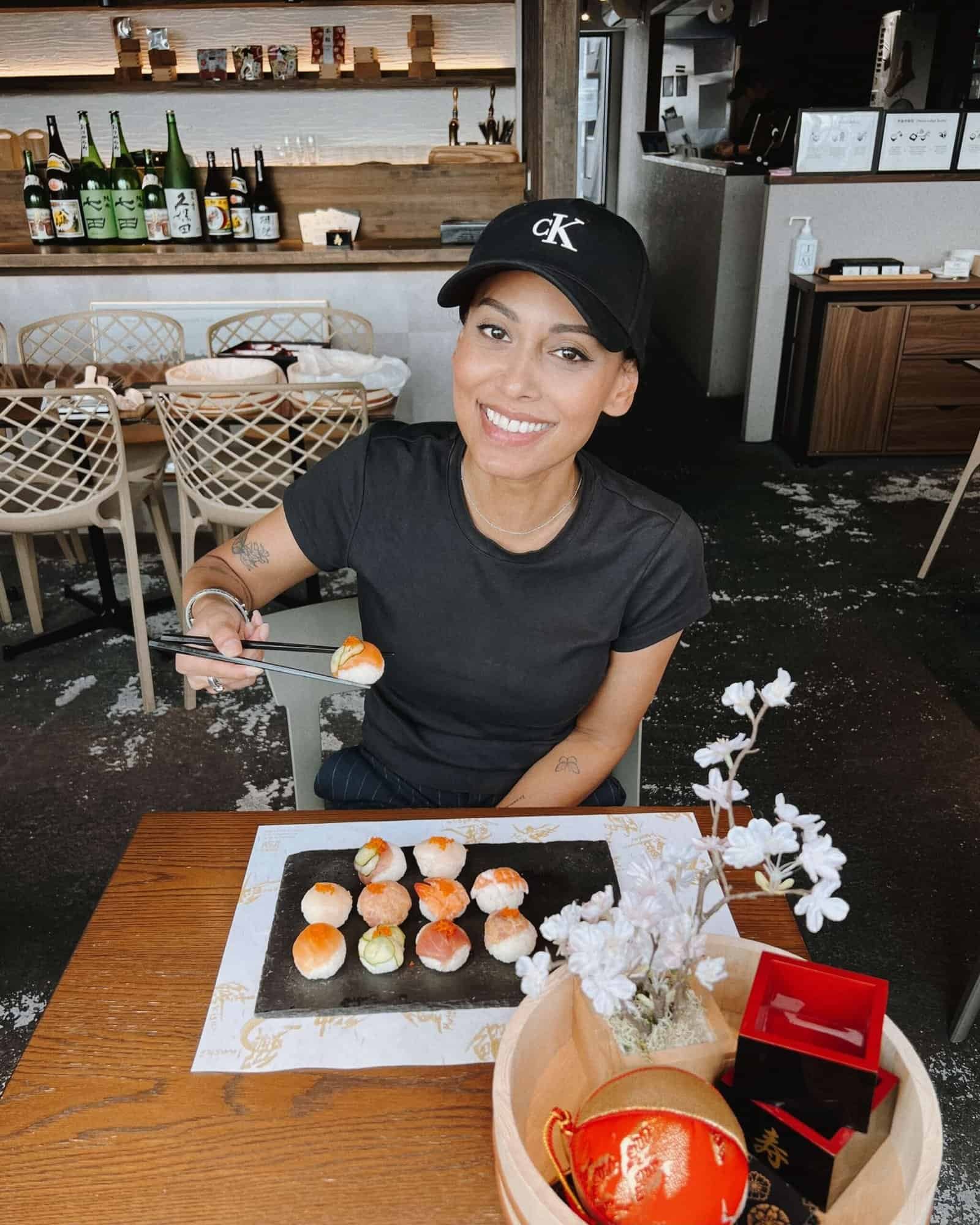
I signed up to make ‘temari sushi’, which is sushi made in a ball shape. Super easy, just as delicious! The workshop place has a great view of Asakusa, and it’s a perfect combination with Senso-ji Temple.
They have workshops in the morning and the afternoon. I suggest taking one of the classes at the beginning of the afternoon.
Afternoon: Ueno Park
From Asakusa, make your way to Ueno Park. I’m convinced that Ueno Park has some magic in there. This park is the perfect escape from the busy (and hot, if you’re visiting in summer) city.
It’s beautiful, it’s peaceful, and you can walk around for hours or simply relax with a book. You can visit the National Museum of Tokyo, located in Ueno Park.
I haven’t been, but it has good reviews, so it might be worth checking out.
Evening: Akihabara and Ginza
From Ueno Park, walk to Akihabara via Ameyoko Shopping Street. If you’re into anime and games, you’ll love it. I’m not, but it is still a fun and very Japanese experience.
It’s the go-to spot for anime, manga and all things tech. You’ll find multi-floor shops packed with games, gadgets and collectables.
Pop into a themed café, like a maid café, just for the experience. Check out Akihabara Radio Kaikan, it’s a classic stop for all things otaku.
You can also choose to head over to Ginza, Tokyo’s high-end shopping district. Wander through luxury brand stores, massive department stores like Mitsukoshi and Wako, and cool little boutiques.
Grab a glass of wine or treat yourself to a nice dinner. If you’re into culture, swing by Kabukiza Theatre to catch a bit of traditional Kabuki. The famous Godzilla statue is also in Ginza.
For dinner, check out Hachigou in Ginza for ramen, Steak Lodge or Torijin in Akihabara.
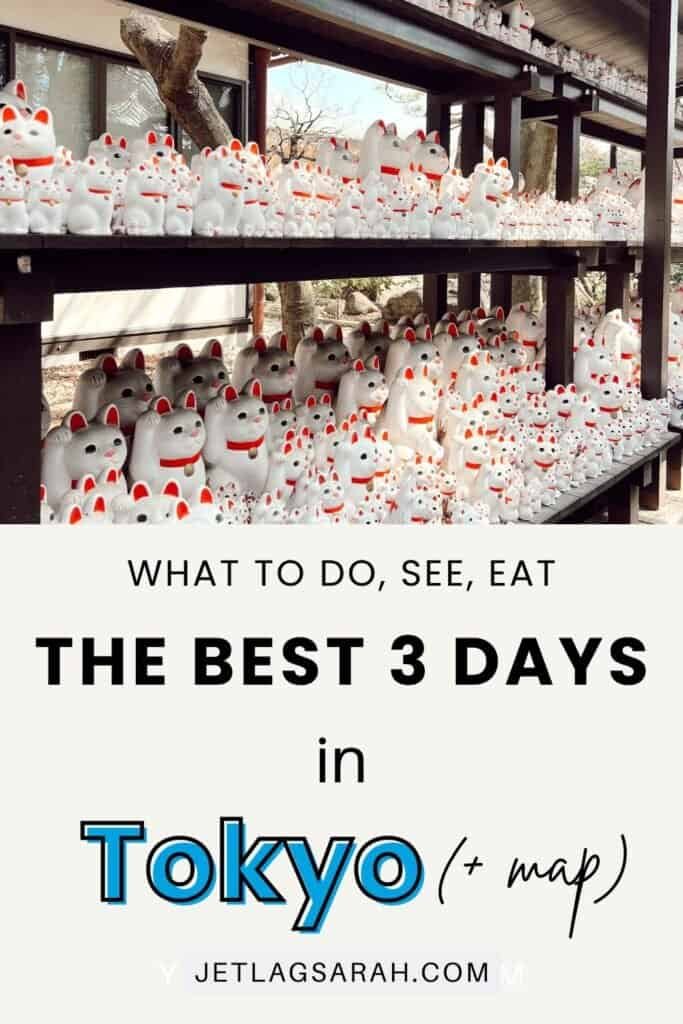
Where to eat in Tokyo?
Tokyo is packed with amazing food spots, but if you just wing it, it can get overwhelming fast. I proudly call myself a professional foodie (yep, self-appointed), so I always do the research.
I’m not one to chase viral trends unless something genuinely excites me. Tourists love the Reissue coffee art bar with the 3D foam art. Super cute, but I’m not about to wait in line and drop $20 for a coffee.
I’ve rounded up all the spots I looked into, from chill little eateries to more unique gems. Please do your research on dietary restrictions.
- Gyekatsu Motomura: This is a restaurant chain famous for its breaded beef steak that you grill at your own table. You can find restaurants all over Tokyo.
- Oysters Inc: If you love oysters, a must! From fresh to grilled oysters.
- Kura Sushi: This is a sushi conveyor belt restaurant; you’ll find them all over Japan.
- Gyopao Gyoza Shinjuku: A great izakaya near Shinjuku Station.
- Ichiran: Ichiran is a famous fast-food ramen chain in Japan. However, the ramen is great, cheap, and the booth experience is funny.
- æ – ash: great coffees, great cocktails, beautiful place.
- Tori Chataro: an awesome yakitori restaurant.
- Grill Bon: an awesome Japanese sandwich shop, like a wagyu beef sandwich.
- Tonkatsu Juroku: the best tonkatsu of my life.
- Wine Bar KIKUO: a great wine bar with good wines and food.
Plan your trip
With my online resources
Use my travel planning roadmap with all my digital resources to book every detail of your trip!
Ready for the perfect 3 days in Tokyo?
Tokyo is such a fun city, and putting this 3-day itinerary together made me realise it’s doable in a short trip. That said, I’m pretty sure you’ll be left wanting more. Even after hitting the highlights, you’ll probably catch yourself planning your next visit.
If you’d rather take it slow and not rush through it all, I’ve got you. There’s also a 5-day Tokyo itinerary waiting for you if you’re in the mood to stretch things out a bit, and don’t forget my 10-day itinerary to Japan that covers Tokyo, Kyoto and Osaka.
Always check the proper visa requirements for Japan, brush up on manners and etiquette in Japan and don’t forget to read my post on surprising things to know about Japan.
Do you have any questions or comments? Leave me a comment on my most recent Instagram post, and I’ll get back to you ASAP.








